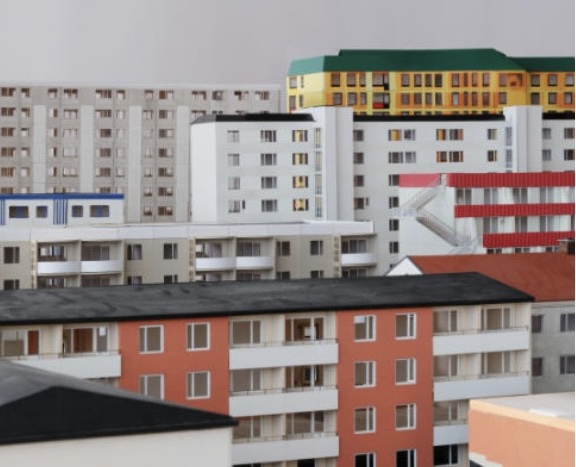RE-

Studio Theme
The Re-Master studio at KTH addresses notions of change, permanence, and resilience through restoration, reuse, and repair. The overall methodological and pedagogical strategy explores the already present, the already built, the already thought and imagined. of a speculative global real estate market. The 20th-century notion of a shared national heritage under the state's and civic society's protection, expressed in national preservation law and praxis, is today contested and under negotiation. The studio will take this question as a starting point to explore the legacy of modern architecture in Sweden. CHANGE & PRESERVATION A central effect of global capitalism is the pressure of change. Urban patterns and building programs are increasingly becoming redundant, demanding change to accommodate new economies, functions, and identities. In the urgent context of climate change, contemporary architectural culture needs to respond to the forces of change with new strategies and forms of stocktaking. Under this new condition, preservation has moved from the fringe of architectural practice into its core. Remaster Studio aims to probe this new condition for architecture and architectural practice, exploring new strategies and architectural thinking in experimental preservation, adaptive reuse, alteration, and repair. Please note: This studio is not electable for studio courses and is only avaílable for pre-registered Diploma students in spring 2025.
StudioMethod
The studio emphasizes explorative and research-orientated projects and is suitable for students in the last part of their master's studies. Working through an individually formulated project, there will be an opportunity to develop a strong thesis question for the diploma project. Equally, working with the already built, the studio pays specific attention to the architectural representation and how to display and curate an architectural project. Crucial for the work in the studio is to reflect, test, and, most importantly, advance architectural representational tools and technologies—to become aware of the function of the drawing, the model, and the image in architectural production. In the studio, we work intensively with the scale model, the drawing, and the image to argue for our architectural proposals.
Teacher: Thordis Arrhenius
